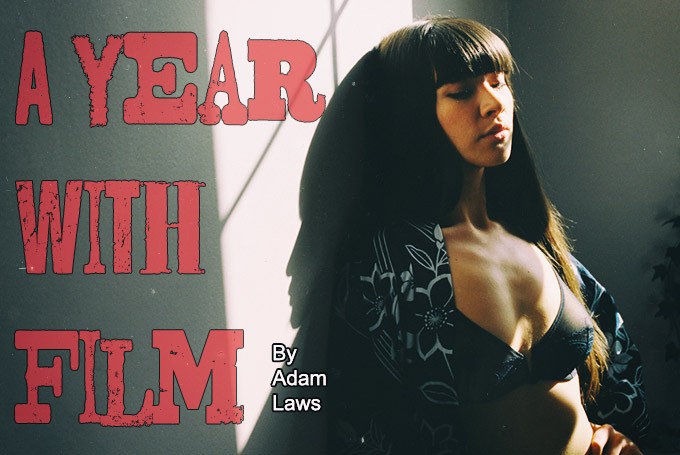
A year with film – Leica, Contax, Nikon, and Hasselblad
By Adam Laws
I hope your well and have a cup of tea close by, it’s pretty miserable here in London. It’s been awhile since my last submission and I thought I would write to you about my year of analogue photography with a Leica, Contax, Nikon, and Hasselblad.
Since my last post on portraiture with the Sony A7 ‘apparently’ I have been going all hipster though I must say without the beard by shooting analogue.
The majority of my work is still shot on my Sony A7.
Sony images 1, 2 and 3 –
However I have been supplementing my digital work with far more analogue images, furthermore I generally shoot all my personal snaps now on film. I don’t believe film is better in any way but I do believe without trying to sound all hippy film gives a more organic image. Most importantly I enjoy the process of shooting film more, and surely fun is the most important element in the creative process.
So I’ve gone through some cameras this year, which I will elaborate on why giving a brief synopsis/feel of the cameras.
Leica
I bought a Leica M6 TTL with a .85 viewfinder and 50 ‘cron. Leica’s are beautiful aren’t they? The lore written about them makes them sound at times like unicorns at times, as such I romanticized owning one.
My thoughts on owning one – Well they are beautifully built. Solid and satisfyingly weighty. I did struggle with ownership, which ultimately made me sell it after a few months. This is not the cameras fault but more the time in my life I purchased it. Soon after I started my part-time photography degree, I needed to shoot an element of film in a studio and the Leica with its limited flash sync was not ideally suited to this task.
I also struggled with the notion of how expensive it was. Don’t get me wrong it is a beautiful piece of machinery, which evokes an emotive response and for that I totally appreciate why individuals buy them. However for the less money I could purchase a Hasselblad 500cm, Nikon FM2n, and Contax G2 all of them with glass and have change. Is a Leica M6 better than all 3 of these cameras? And would I have less fun shooting these cameras. So I sold the Leica to find out.
Leica images 1, 2, and 3
Hasselblad
This camera is a beast. Well it terms what I’m used to. The sound of the low thud of the shutter makes me smile. I do struggle with its size. I’m used to traveling light so having a big medium format camera is somewhat strange for me. It also interesting shooting back to front, something I am still getting used to.
The best thing about the camera, even more so than the negative size it produces is the reaction I get from the model. As soon as a model sees this camera in my experience they instantly get more serious about the project.
Nikon FM2n
This is becoming one of my favourite cameras I own. The bright viewfinder, the solidness of the camera, and the big manual dials. It does not feel as good as the Leica, not as well made or smooth. I would say the camera is more utilitarian workhorse. I use it with an awesome Nikkor 50mm 1.2, which is a joy to use.
Generally this camera is loaded with FP4 film shot relatively wide own in a studio environment, where I would be using the model light as a source of light in-between shots with Sony or Contax G2. I have started taking this camera on the street with me when I fancy shooting B’n’W.
Nikon 1, 2, and 3
Contax G2
The Contax is pretty much always in my bag. It can do everything my Sony can but it uses film. Unlike the Nikon this is normally loaded with colour Portra. The focus is always accurate and makes a great travel companion.
The contax does feels better in my hand than the Leica ever did. This is due to the thumb rest situated at the back of the camera. In addition the dials are a step up from that of the Nikon, but the camera feels very electronic with autofocus sounding something like Robocop. I also use this as a secondary studio camera generally mimicking the settings I had with the Sony to have a comparative organic film image.
Contax 1, 2, and 3
Conclusion
Generally there isn’t one. I think ultimately as long as you enjoy the process of creating images that is the most important element.
Sometimes there is a more suitable tool for the job, but that doesn’t also mean it is the most fun way to complete the job after all.
For me I like the organic images, the slower pace of shooting, the challenges asked of you using antiquated cameras, and thought processes that go through your mind.
I have enjoyed playing about with different formats and cameras. I think it’s always a great idea to play around with as many cameras as possible that way you know what you like and don’t. In addition the challenges posed by new equipment makes you think about your photography, which is never a bad thing.
You can view more of my work on my website: www.adamlaws.com
However I regular update my Instagram with my newest work: https://instagram.com/adamlawsphotography/

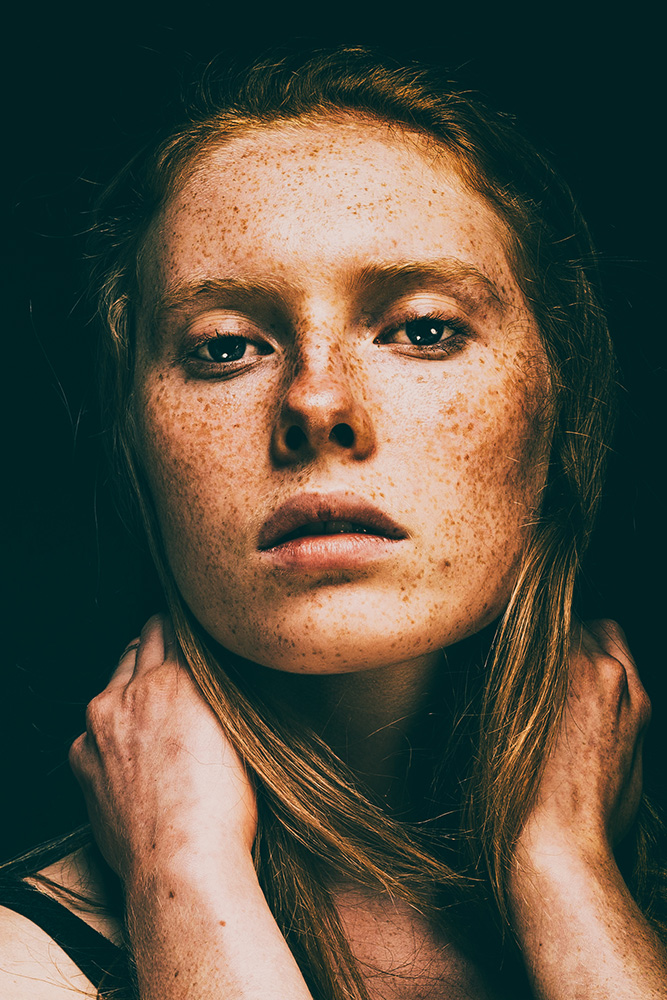
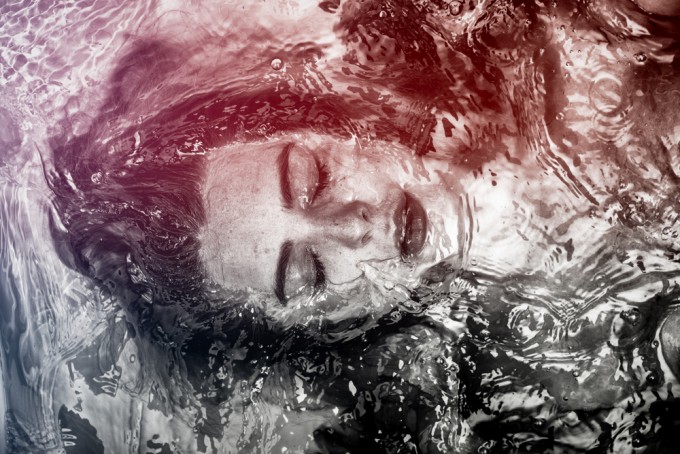
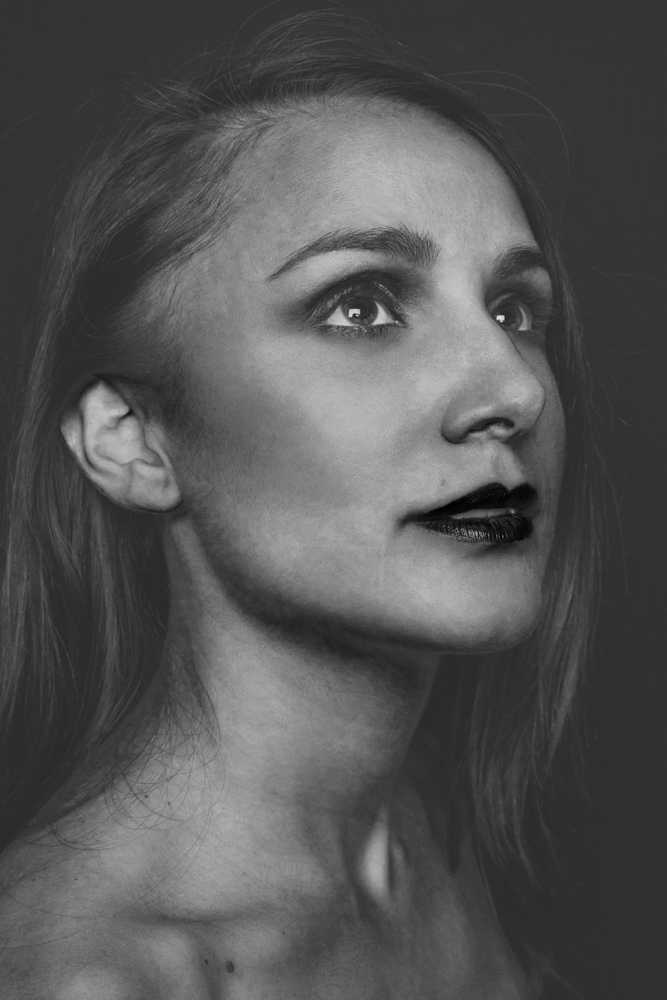
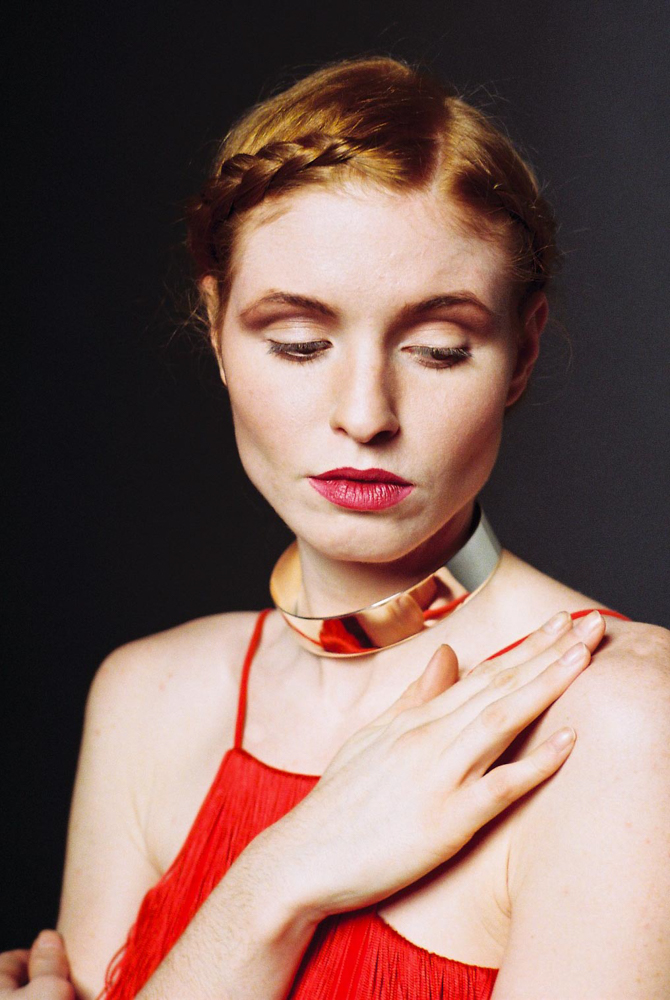
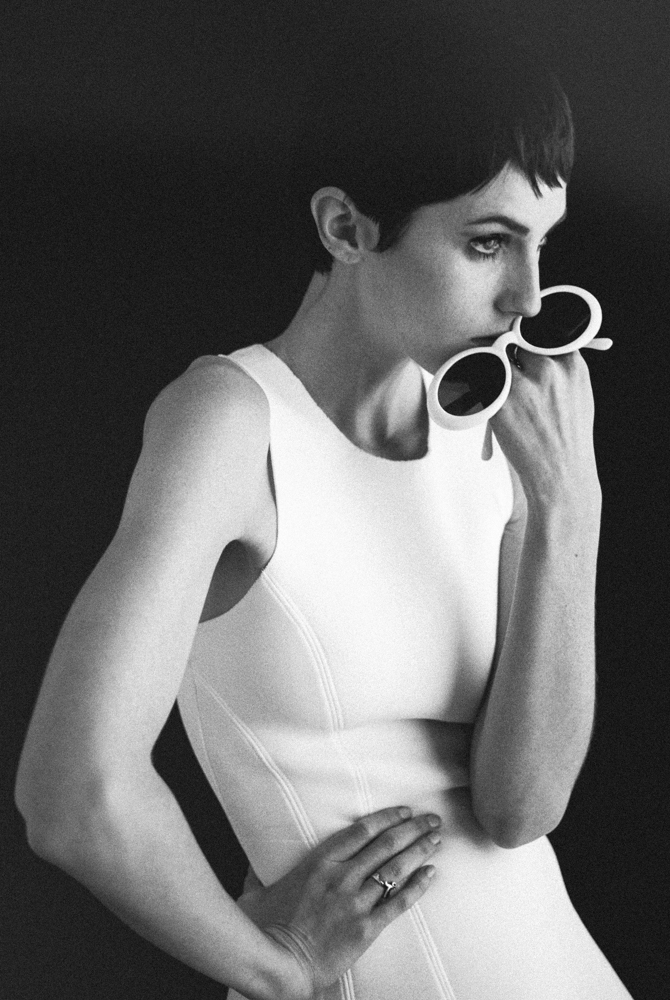
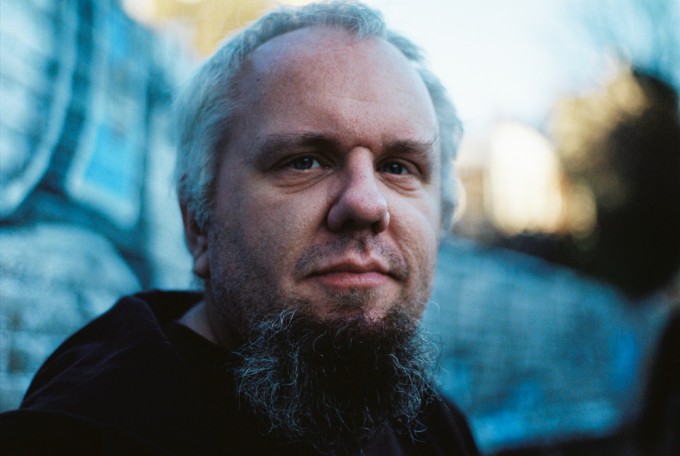
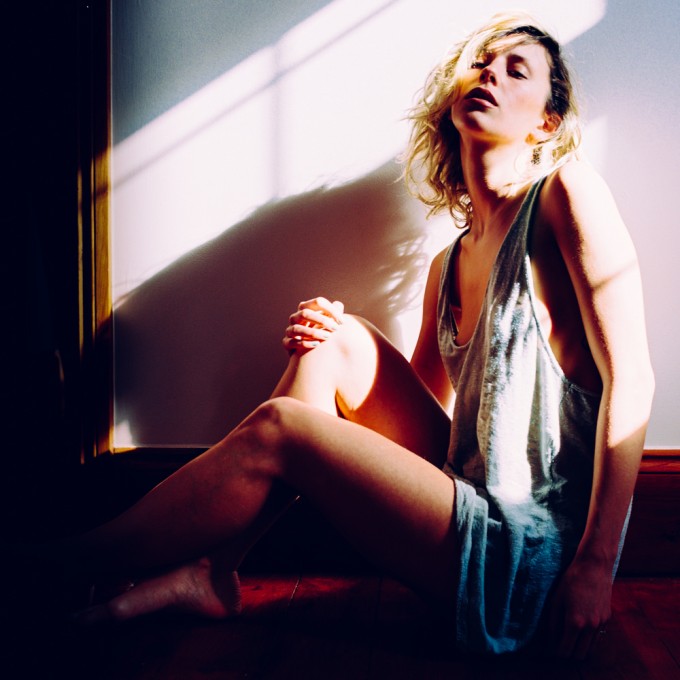
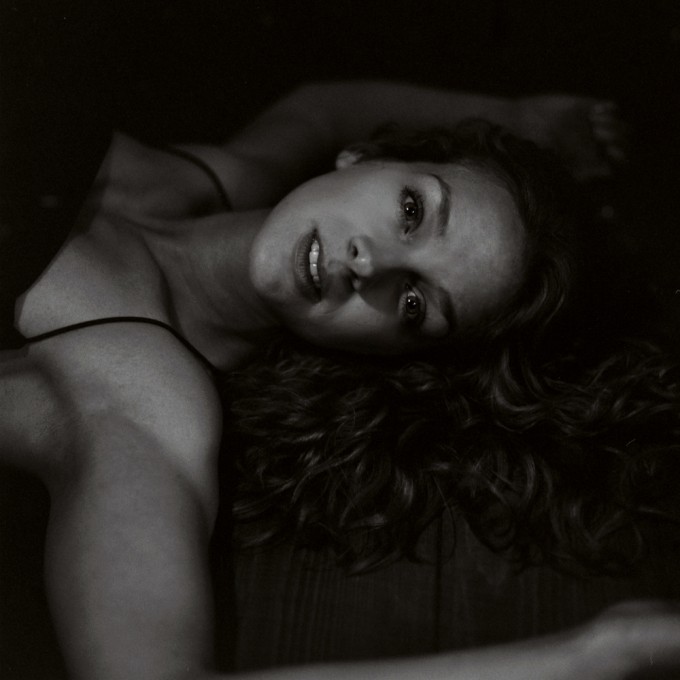
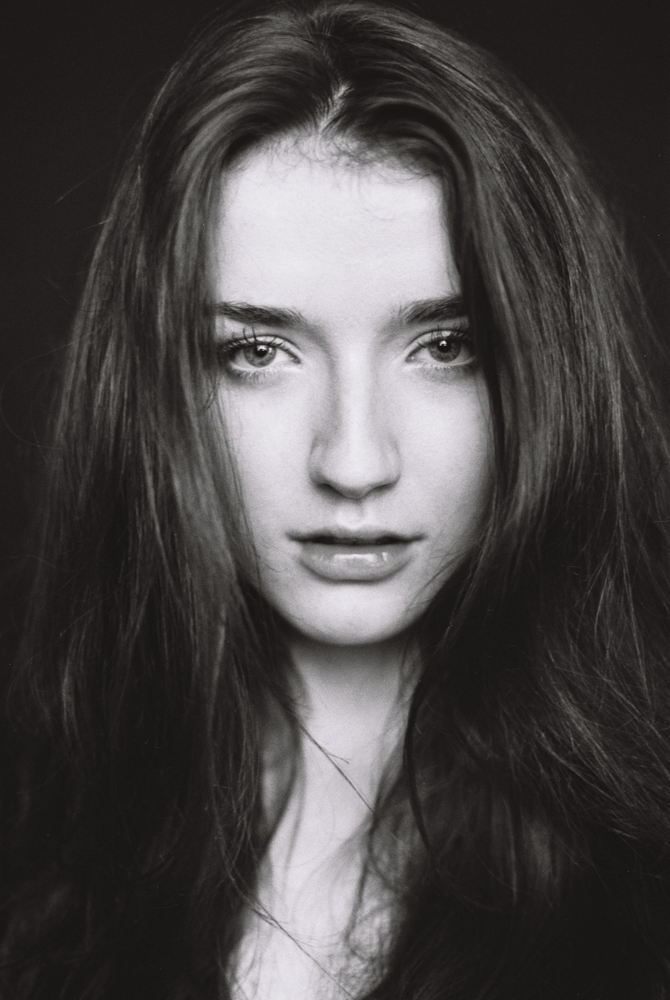
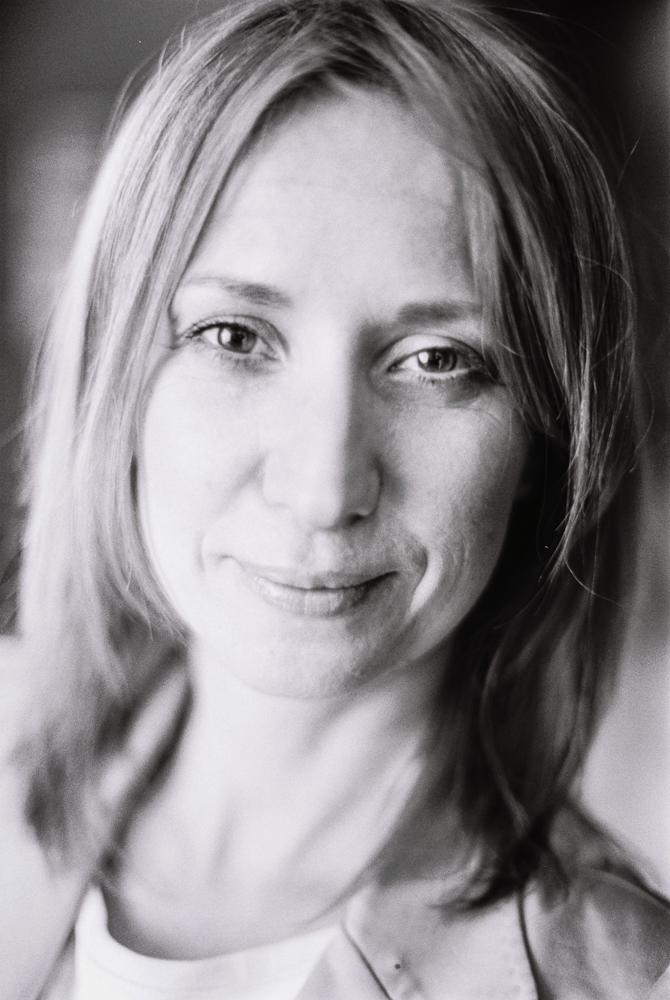
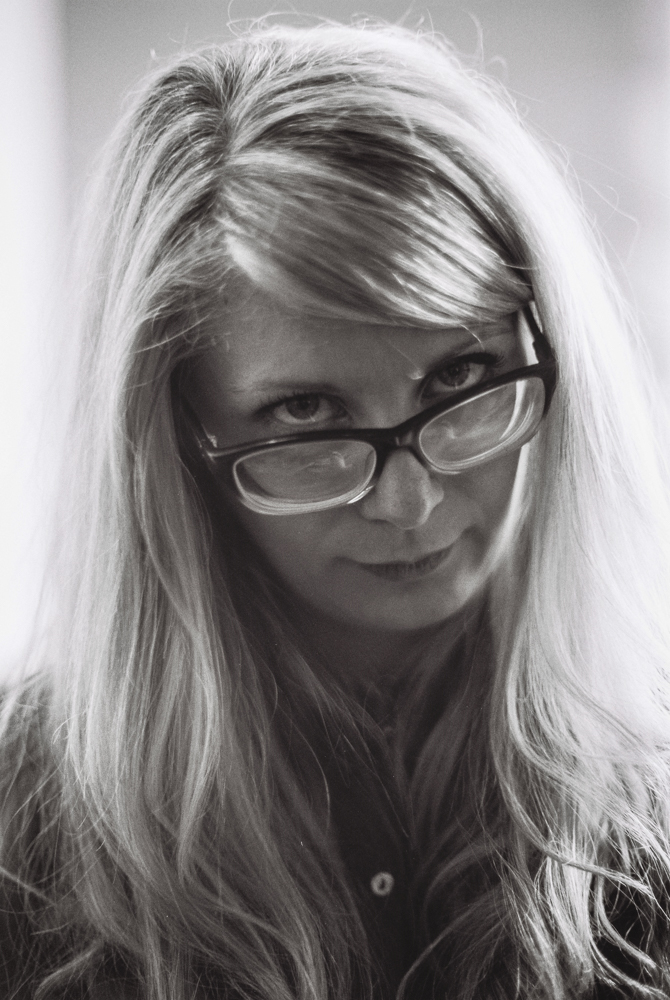
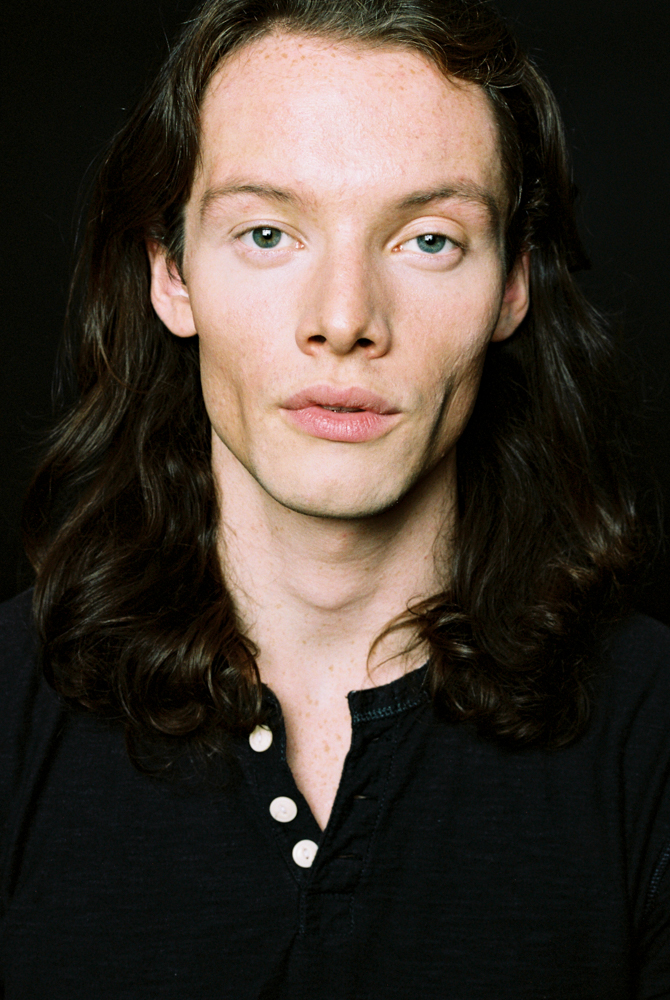
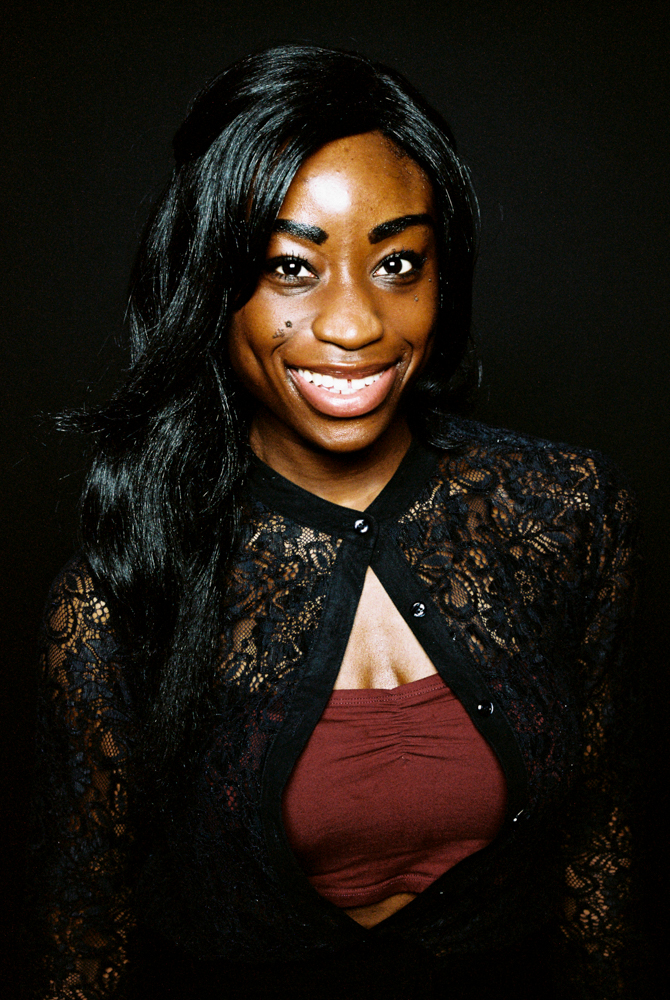
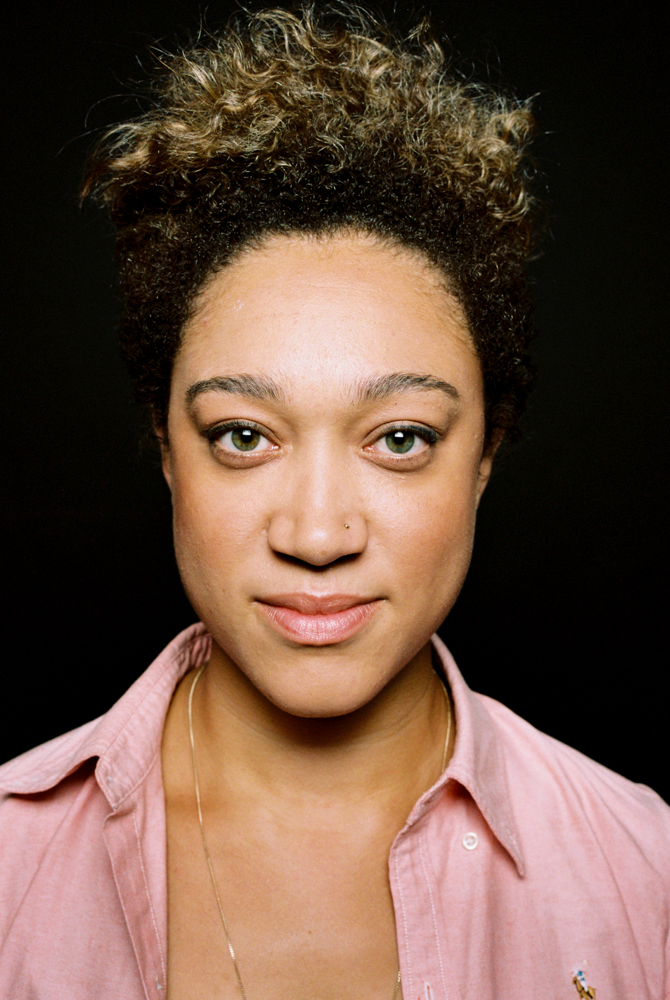

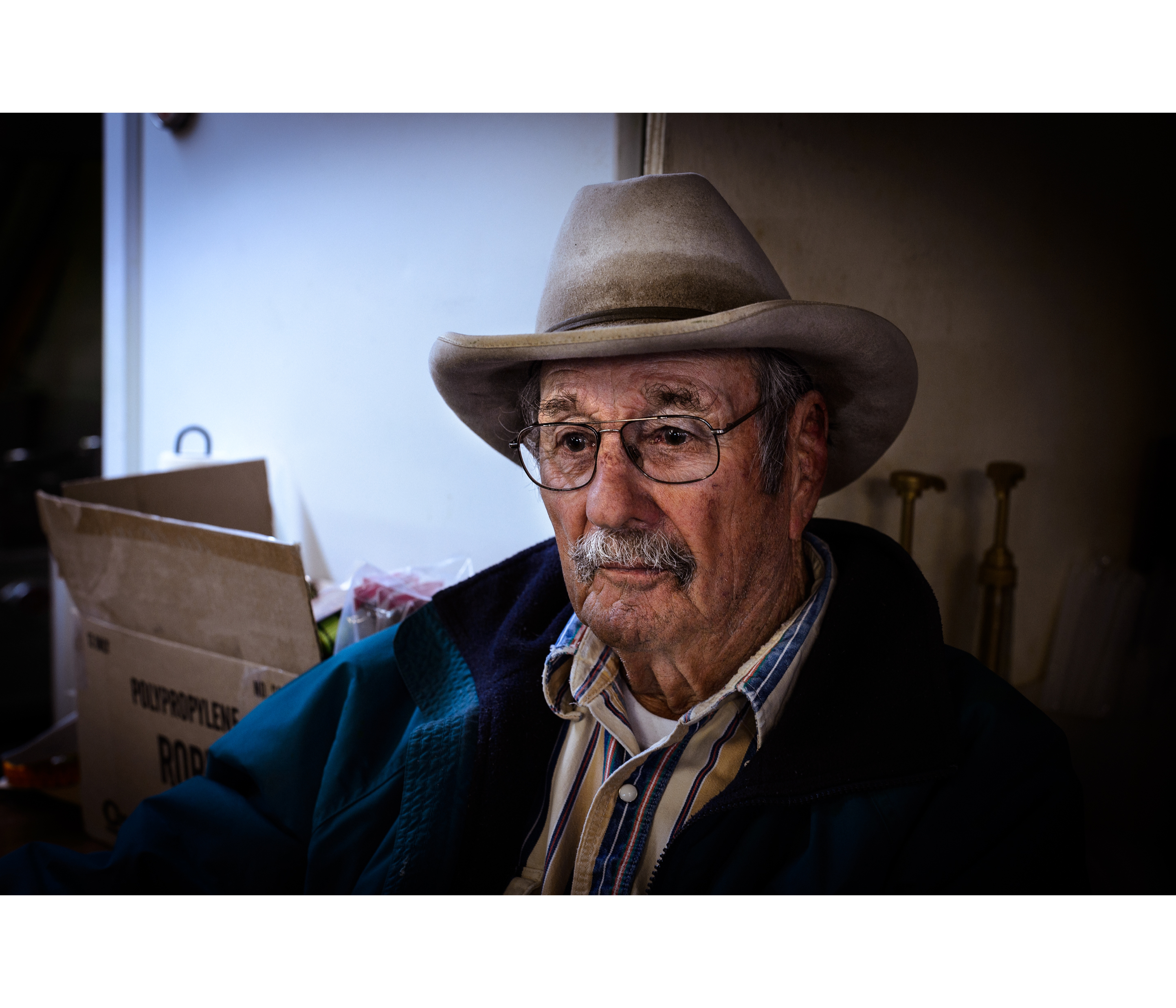
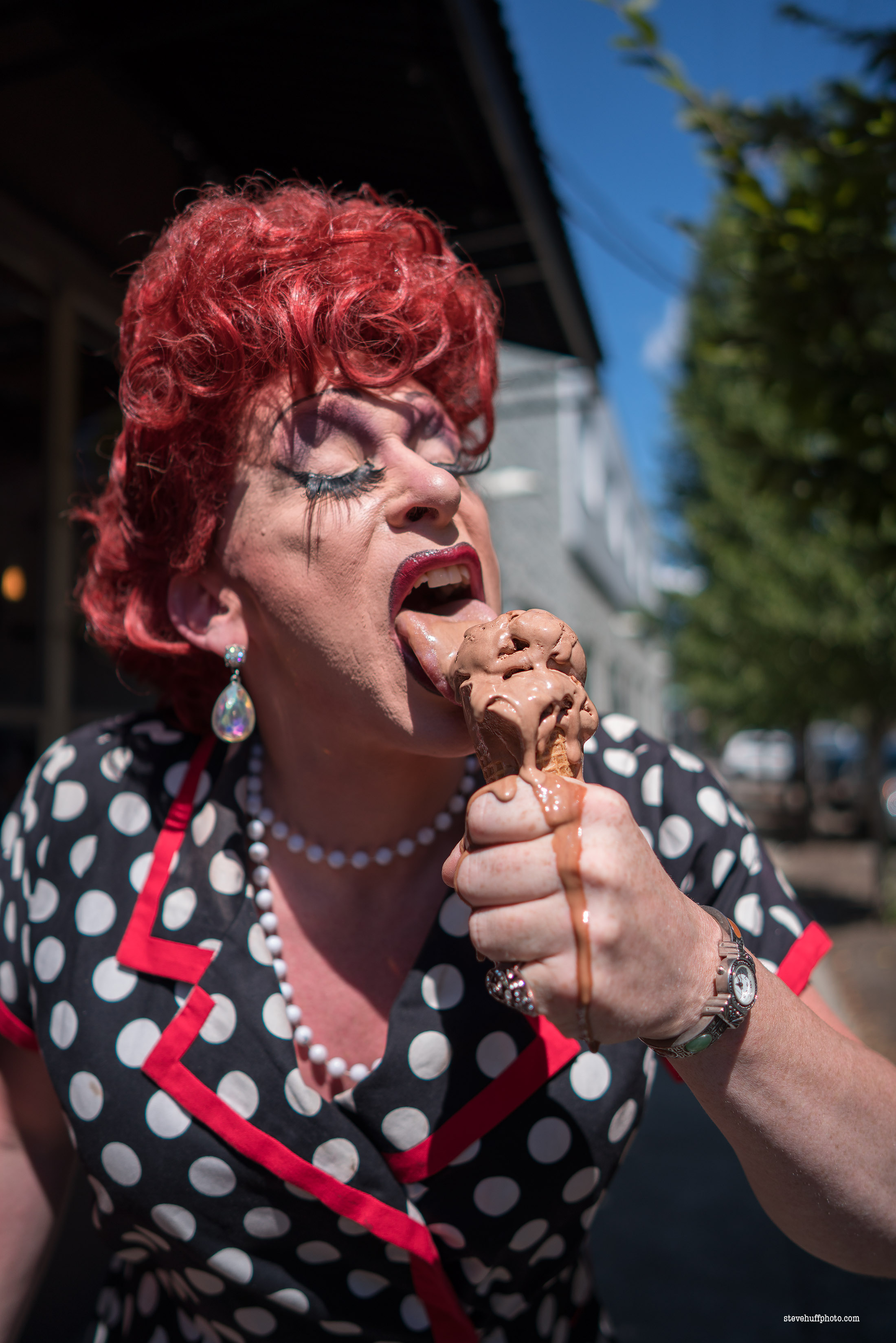

Just a quick thought here Adam.
I enjoyed your post a lot, comparing different cameras and their output. This weekend I said to my wife (while fruitlessly trying to capture on Tri-X my two year old girls running around in the garden) that my FM2n, which I’ve had since early 1990, still feels most comfortable in my hands, compared to the other cameras I own. The D810 runs a close second (with the F2AS, ha ha), but there’s something so instantly accessable about that not too big, not too heavy, great viewfinder, all controls fall naturally to your fingers, FM2n body that is so alluring. That camera will be with me forever.
So, for me, it starts with enjoying and understanding the tool in hand. The image quality then follows… 😉
Adam,
Very cool images and write up!
I have looked at all of the images and tried to be objective in judging them (thus, not biasing by camera brand).
My favorites are Leica 1, Leica 2, and Nikon 1 (not in order of preference). They each have wonderful light and that organic something that film can provide. Also, I find that I prefer how film handles depth (even just the depth of a portrait face), as well as light and shadow. To be clear, I do generally tend to prefer film images to digital images (while other people may prefer digital to film).
The Sony images are very good, but—to me—seem like digital images (which they are, of course) and, thus, are perfect (too perfect IMHO), especially Sony 3.
Leica 3 doesn’t do much for me even though it’s on film.
Hasselblad 1 and 2 are very good, but not the type of portraits that I prefer (perhaps, because they’re more environmental in nature). Hasselblad 3 is interesting, in that it reminds me of digital and has similar qualities to Sony 3. Which, of course, explains why it’s NOT one of my favorites!
Nikon 2 and 3 just aren’t as good of images as Nikon 1. Perhaps because of the lighting, with Nikon 2 having somewhat blown highlights and Nikon 3 having low exposure. While Nikon 1 is stunning, Nikon 2 and 3 seem mundane (and I’m not just referring to the subjects!).
I’m not sure why I don’t like any of the Contax shots a lot. They’re good, for certain, but none of them reach out and grab me like Leica 1, Leica 2, and Nikon 1. In a way, they seem like they could be digital, lacking some of the crazy randomness (and magic) that film can offer.
Summary: what we like is incredibly relative! They’re all good images (your work is great!), but what I prefer really varies from what others prefer.
Thank you very much for your detailed analysis. All constructive such as yours is greatly appreciated and respected.
The Contax shots are very interesting due to them being part of a project where I took 50 portraits of random individuals in one afternoon (using the same setup), only taking one frame of each individual without any direction from myself. So I also feel that they don’t grab me as much as the others, but I find the kinda awkwardness/intensity of the models intriguing (the full set is on my website).
Thanks again and all the best.
While respecting all opinions – I would just like to say that medium format film cameras produce the most beautiful results to my eyes. The great news is that these are now available at prices that make them accessible to all ! Give one a try if you feel the urge you might just end up agreeing with me and more importantly have some fun!
I fully agree to your statement.
Emphasis is on:
>…The great news is that these are now available at prices that make them accessible to all !…
I have really taken the step, acquired an extra two second-hand Mamiya M645Pros with standard lens, waist level finder and two handheld light meters, plus a stock of T-MAX400 film stock.
One each went to my kids, who are now using them with some enthusiasm…
I like all your images, they are all really fantastic. Film does look so awesome!! Great work!!!!!!!!!!!
The first Hasselblad picture does it for me – I like composition, subject and rendering. Thanks for publishing…!
Is it just me or do all the Contax images look like they are slightly out of focus?
“… a cheap Ford will easily travel the same journey as a Rolls-Royce, but perhaps without quite so much comfort.”
It seems that, you can drive a Ford and keep thinking that your Journey is the same as if you were travelling with a Rols Royce.
I love your work and have a question about it–I am intrigued that you seem to work intentionally against the classic technique of portrait photographers to always focus on the eyes–I have to assume this is intentional in a photographer of your caliber. Is it to create a more mysterious or realistic effect? In life we don’t often focus so intently on eyeballs. Can you tell us about that choice?
Apologies for the lateness of my reply.
I often direct my model to turn away from me, or ask her to ignore that I am there giving her a scenario/feeling or such like to play out. This is to evoke as you said a feeling of mystery making the viewer ask/ponder questions around the image (All going well).
I’ve owned and used extensively all of the cameras you referenced in your post. In the case of the Hasselblad, Nikon and Contax, all at the same time. Never once did the words “analog” or “organic” ever come to mind, or paper for that matter. Interesting how the jargon develops to explain what is basically a subjective judgement.
Thanks for posting, by the way. I like pretty much all of the images, mostly because they show a connection with your subject, regardless of format, camera or technology.
There seems to be a trend to do some ‘analog bashing’, which I don’t get at all. As it is now, in my experience, I find film to be quite affordable. And there is nothing wrong with the image quality, so why the fierce attacks by some?
I love all shots presented here. I wonder if you do the developing yourself, because there lies a challenge, as well – especially with color film.
Analog shooting is by far the cheapest way to get a taste of fullframe photography. Like I did, moving from a digital Canon Rebel to a (far superior) analog Canon 1v, I was amazed at how totally different – yes better – the same lenses were on the analog camera. And then, there is the slow down of the whole process, My digital keepers rate must be around 1 out of 10 (or lower), my analog keepers rake is 7 out of 10.
I just hope that companies like Ilford and Fuji survive and keep progressing in producing affordable film.
Afternoon Ivan,
I develop some of my own B&W images, however I still have somewhat of a learning curve to develop my colour images to a consistent standard that I’m happy with.
Thank you for your comment. All art forms are subjective and I really appreciate your comments.
Apologies the last sentence was actually for another post (my mind wandered half way through writing).
I think for the most part the analog bashing is from the insecurity of those that have never shot film, and perhaps invested a lot in their digital workflow. People don’t want to think that they may have invested in the wrong technology. You seldom see the same bashing from those who came up on analog, as many of those people shoot both analog and digital. Often, people mention starting out with digital and then experimenting with film, and then giving up digital. But, then they don’t bash digital. Rather they mention experiencing both and preferring analog.
Compared to the costs of digital equipment, analog is very affordable.
They do indeed bash digital a lot:
https://www.flickr.com/groups/70423225@N00/discuss/72157594518666577/
https://www.flickr.com/groups/70423225@N00/discuss/101801/
Great work…
Have used several analog cameras to date, and i really love the M6 TTL, Hasselblad 6×6, Fuji 6×9 and Voigtlander 667W. My best to date…
Proof positive that the Photographer is more important than the Camera… all great shots regardless of camera used….
I love the 1st Sony image…a beautiful model with on point or compelling eye contact! The 1st Leica and 2nd Hasselblad also excellent. All are wonderful and inspiring! Great share.
Hi thanks for the interesting post most enjoyable
Number 2 Leica shot number 1 Nikon and number 2 Contax keepers
Look at the pictures you took. The best pictures you have made, the best and most of them you got out of a 100 shots. What camera where they made with?
That’ll be your camera, regardless of your neglection.
Very creative and I love your work #1 Leica is my favourite .
Also love the organic look of film and I find it stimulates me to be more creative personally.
You, sir, are a highly creative artist in my books. What you got out of those models is in a different universe from what I, or the average viewer here, would’ve.
The gear and processes you used is interesting. But I bet I would’ve also loved your results if you’d used digital cameras instead. You would’ve still found a way to get ‘organic’, even if it was a bit different than film.
Keep creating!
i agree. I look at his images and want to get rid of ALL my cameras – digital AND film!!
Well I’m very flattered by both of your kind words, though I fear they are somewhat unjust. I’m still someway of from where I want to be as of yet.
I guess when you are trully happy with your images you have stopped pushing yourself. All the best, and keep on enjoying shooting.
all film camera articles, (in my opinion) pump and dump trap. film camera became garbage long time ago.
Thanks for your comment. I can understand what you are saying and respect your view.
I think like classic cars from the 60s that are inferior in most ways to the modern automotive product individuals still enjoy them very much so. If one person enjoys the use of vintage equipment, and that the photographer feels can still produce images that meet his creative vision it’s still a valid format.
A very thoughtful comment.
Yes, a lovely turn of phrase there; very eloquent.
The Hasselblad images look the best. Contax is also very nice. I find this Sony examples lack tonality and dynamic range.
… these Sony examples have been processed to death to get a film look – which in my opinion misses the point… even if the images as such are still quite likable.
The best way to get a film look is to use film in an analogue camera – not by emulating the look coming from digital, and throwing away all the other positive things digital imaging has to offer…
(Quote Frank Doorhof: “Why fake it, if you can make it…” – paraphrased: Use Film to get a Film look).
That is why I never have put away my analogue gear, even if I have heavily invested in Digital.
PS: Not to be misunderstood – kudos to the photographer:
I really like the first image done with the ‘Blad. It is my favourite from the whole series, which altogehter is very good. Many thanks for publishing…!!!
Ah the Contax G2. In my opinion The Best camera ever.
Lovely sets – all very good and difficult to choose one over the other – I reckon you’d get great results like these with a Kodak digital compact from 2003
i waffled between a contax G2 and a konica hexar AF. Ended up getting the Hexar. I LOVE that camera. BUT i still wonder about the ‘one that got away’!
The Hexar AF is a superb camera – a classic – fantastic design which should be re released by Konica Minolta and in a digi version too – but the 1/500 shutter lets it down big time – makes a mockery of the fast sharp lens
Not if you know enough to use a ND filter.
“..Hexar AF…the 1/500 shutter lets it down…”
Akshully to make matters worse the top speed is only 1/250
A “superb camera”, “fantastic design”. But, then the shutter speed lets it down big time, and “makes a mockery of the fast sharp lens”. Which is it? I own this camera, actually two and I have never had an issue with the low top shutter speed. First, I almost never shoot out in the blazing sun with any camera. If I did I would be using a slow speed film, like Acros 100. Secondly, because it has a leaf shutter it has a distinct advantage at low shutter speeds over cameras that don’t. That, combined with it’s ability to meter correctly in low light, enables the AF to be a superb low light camera; even with slow films; the strength of it’s “superb” design. And, because the lens is f2.0, it create and obligation to shoot at 2.0. If I set the camera at f2.0 and I am too wide open, the camera will take over and adjust accordingly. When we are shooting in less than ideal conditions we’re not looking to create works of art, rather we are happy to capture the moment. Because the AF meters and focuses so well there are always a high percentage of keepers. There is no “mockery”, the AF is still a “superb” camera.
Correction: And, just because the lens is a fast f2.0, there is no obligation to shoot at f2.0. We are allowed to close our fast lenses a bit. It’s not always about bokeh.
Some wonderful photos! Love the Leica and Hasselblad photos here. But I understand your passion for the Contax G2. It is my single favorite camera and the results are consistently better than I can take credit for
Thank you for your kind comment Yash. I can take some parity your statement about the G2.
Stunning images – each one it’s own story!
Thank you Andrew. I’m glad you enjoyed them
For me, the Hasselblad (especially) and Contax photos stand out in this very nice collection.
I have gone on a film kick over the last few months myself. Having a blast. Haven’t shot film since ’03. I have also been experimenting with different formats… Nikon F3HP 35mm with vintage Nikkor lenses, Pentax Auto 110 ( ! ) interchangeable lens 110 film mini-SLR (very lo-fi but cool). I just purchased a medium format Fuji GA 645 and can’t wait to try it out. Your images are very nice… I especially like the ones taken with the Contax G. I had a G2 way back when and it was a really special camera. I may have to eventually get one again!
I’ve been on a film kick this year too. Using film is costly and can be frustrating. It really takes dedication! I’ll have 38 frames developed and 20 of them will be crap. And 2 of them will be absolute magic. Those two will keep me coming back to film usage for the foreseeable future.
It does feel like more and more people are going back to film. It’s great to hear that photographers are still enjoying the format, as when it does go right it is very satisfying.
I am always happy to get one outstanding image per roll. If you shoot even 10 rolls of film per year, that’s worthwhile. Especially, if you are printing and framing. It’s hard for me to imagine that the most famous of photographers do better than that. If we each processed and printed one image per week, that would be a lot of production for a given year. It may seem like a lot of expense, but I spend a lot more on unhealthy snacks.
I’ve been a devoted Hasselblad user for 22 years and continue to utilize this dependable, iconic rig for all of my portrait, wedding and nature photography. The reaction of other hikers to my
tripod-steadied camera is pretty amusing; the young people are fascinated by it’s unfamiliar look and sumptuous square image and the old-timers comment upon it with reverence as if gazing at a classic, mint-conditioned 1932 Ford. If the production of film becomes financially unfeasible for the manufacturers and unprofitable for the professional labs who develop it, for me it will be like witnessing the sorrowful demise of the last whale.
It is great seing the combination of bemusment and wonderment to the use of the Hasselbald, and that you are still getting enjoyment with this wonderful equipment.
Lets trully hope it’s demise like the famouse Mark Twain quote is greatly exaggerated, and that there will always be a place for analogue photography.
great pictures. hard to beat porta, truly a wonderful film.
Portra is indeed glorious in my opinion.
I like Leica no. 1 the best. I like the composition, also the way the lens draws the image. The coloring of the model’s face and hair is superb.
Good work.
Thank you so much. The colour in this shot is probably one of my favourites in all my images and really does capture the very subjective ‘organic’ look.
Wonderful images. The photographer is more important than the camera!
Totally agree kind sir despite the article describing the various equipment above.
Some great photos, specially (for me) the first 2 Sonys and the Hasselblads! Don’t think the Sony pics look any less organic. Thanks.
What is it about film that just looks so beautiful?
Noise… grain…. Like the distortion of a guitar amplifier cranked up.
Love that analogy
Bingo!
Digital has noise, film has grain. They are not the same. Noise becomes part of the image, grain is apart from the image.
A better sensor!
A different sensor.
Not a better sensor…
(… and the handling – no immediate feedback, so no disruption in the process looking at the result of the previous shot before doing the next…
Hello Adam, your portraits are wonderful and inspirational. I have owned and used all the cameras you have used and found them also excellent. I also moved on to various digital ones. My current favorite is A7 and Olympus E-M1. I recently added a Mamiya 7 II with a complement of lenses (45 to 150). The Mamiya has become my analogue preferred camera. It is a much more “Leica” feel camera with a much larger image and lenses that are bar none. Keep up your great work.
Thank you kind sir, your words are appreciated. Enjoy that beautiful Mamiya of yours.
Nice work. I like the Leica images best.
I bet you would have struggled identifying leica images against others without annotation.
Exactly.
Of course. They are not comparable images, and you are looking at them over the internet. Some of us with calibrated monitors and some without. We are comparing images that each of us, on our own monitor, sees differently. Paul likes the Leica images best. He didn’t say why and why does it matter? Let him enjoy.
DITTO!
The box in your hands is the camera, but all the image-making is done by the lens, and the film, and the development, and the scanning.
The camera may feel “right”, or “awkward”, or “awesome” ..but it’s just a box with a moving shutter, and (possibly) a light meter inside (or on top) and with some knobs on. The image isn’t made by the shutter box – except for its flash sync speed – it’s made by the glass you attach, and the film you insert, and then the processing of that emulsion – and, of course, the scanning afterwards.
The handling of the camera may make you feel good, or uncertain, or disaffected, or confident – and the look of it may affect those people whose pictures you’re taking, as you describe – but the look of the results comes from a mixture of your frame of mind, the frame of mind of the people you’re pointing the camera at, the lighting, the lens, the film, the processing, etc: the actual box with the film and shutter inside – whether the box is made in Germany, Canada, Sweden, or Japan – doesn’t have that much impact, really – in my opinion, anyway – on the pictures which eventually come out of it!
They’re influenced more by your state of mind, your ability to focus, the characteristics of the glass, and the emulsion. The box, and whatever noise it makes, doesn’t have that much to do with it..
Well, certainly the difference between the light tight box that shoots a 35mm negative vs a light tight box that shoots a 6x6cm negative makes a difference in the look.
Depends what is causing the noise in the camera. Vibration can matter a lot. Part of what makes cameras like the Rolleiflex so good, low vibration, leaf shutter. Same with the Sigma DP series; virtually no vibration.
Using the same format, and identical film, exposure and processing, after scanning you’d have a hard time distinguishing between different boxes and lenses. So it all comes down to what box you really like.
The theory of the light tight box.
At one time this seemed logical to me also. I might agree if you are comparing one SLR to another. MLU is offered on the better cameras for a reason. But, compare an SLR to a quiet rangefinder and you will see a difference. I would also agree, on the average most people wouldn’t care about the differences. Most people wouldn’t be able to discern differences between a $200 lens and a $1500 lens. Technically the most outstanding images that Steve has shown, in my opinion, are from the Sigma Quattro. Doesn’t matter to most because they are judging the camera by other criteria. Image quality seems to be down on a list of priorities; where good enough is good enough and “what box you really like” is what matters.
If we assume that all of what you say is correct the disposable point and shoot film camearas should be sufficient for any job. For some reason they are out of business.
But science, engineering and nature has taught us that mechanical, chemical, optical and electronic operations need exact precision to reproduce them. So if we can accurately execute desired operations the reults can be predictable. Not all equipment are made and operate the same. Also not all operations are exact from all equipment and this is where the difference among cameras exists. This is an extremely important factor that also ties with the person that uses it. Therefore our ability, imagination, creativity and operate a camera matters to the creation of an image. Ultimately the photographer is the creator that orchestrates all of the above.
“..If we assume that all of what you say is correct the disposable point and shoot film camearas should be sufficient for any job. For some reason they are out of business..”
Agfa still sells them: http://tinyurl.com/nkxvob4
You say that point-and-shoots should be “..sufficient for any job..”? How silly. I don’t think so.
None of the disposable point-&-shoots which I’ve ever used has (1) variable shutter speeds, to choose the specific one you need; (2) adjustable focus; (3) adjustable aperture; (4) interchangeable lenses; (5) quick’n’easy film rewind and replacement.
But there are, or were, cheap’n’cheerful interchangeable-lens cameras which could be “sufficient for any job”: the once ubiquitous Pentax Spotmatic and the assorted Praktica cameras; the old Russian Zeniths (..though after really heavy use their second shutter curtains used to gradually slow down and not close properly..) and the ‘poor man’s Hasselblads’ like the Bronicas and the Kowas and the big Praktica 6×6.
Precision made cameras like the film Leicas and Hasselblads were the best made of their eras, but pretty much anything else could and can produce comparable pictures: a cheap Ford will easily travel the same journey as a Rolls-Royce, but perhaps without quite so much comfort.
Hi Adam, very nice Sony 1 & 2 pictures and the contax ones